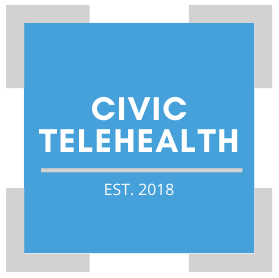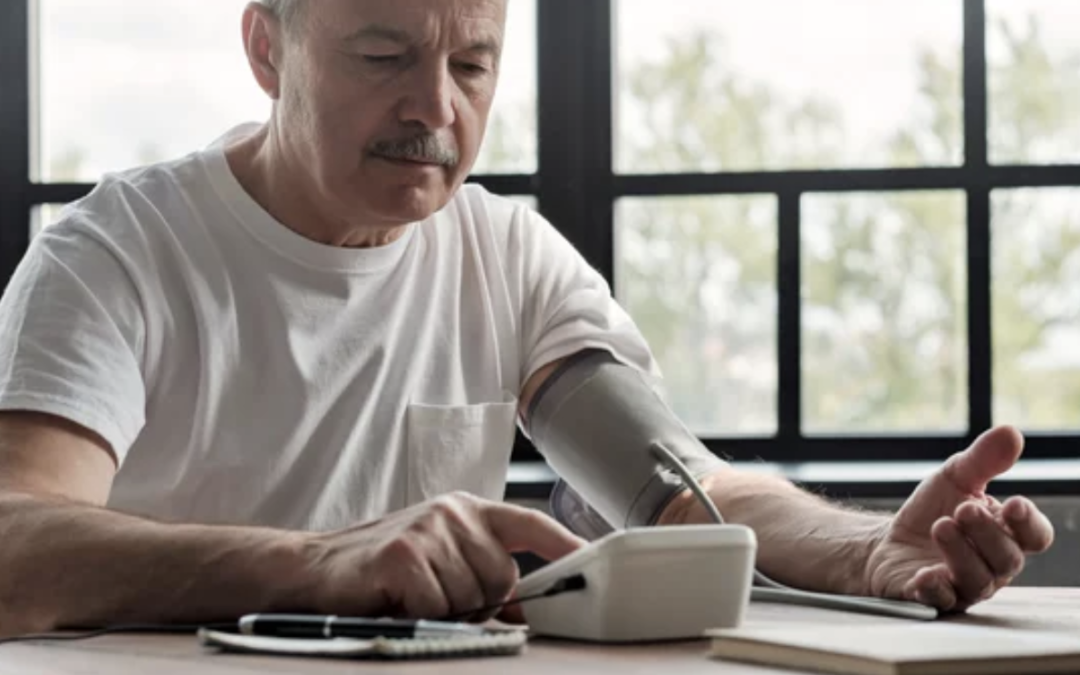As one of my professors used to say, high blood pressure (“HBP”, or hypertension), is “common as pig tracks in south Georgia.” Although estimates vary, most students of the subject agree that nearly one-half of adult Americans have elevated blood pressure, and many do not even know it. See, CDC, “Facts About Hypertension,” Sept. 2020, available at https://www.cdc.gov/bloodpressure/facts.htm. The most likely explanation is that, even though it is a serious ailment, high blood pressure itself seldom causes any symptoms. Too often, the first sign that a person has high blood pressure is a heart attack or a stroke, among the most common cases of death in the US. Both are considerably more common among those whose pressures are too high.
Unfortunately, only in rather rare circumstances can high blood pressure be cured. The great majority of cases are of “essential” or “primary” hypertension, meaning blood pressures elevated for reasons we do not understand. The good news is that a) high blood pressure is generally not difficult to detect if you look for it; and b) in most people, high blood pressure can be controlled quite effectively with conscientious treatment.
Remote patient monitoring (“RPM”) is one of the tools that can be used to detect, and more often to manage, high blood pressure. With the aid of Bluetooth-connected blood pressure cuffs, an individual can check and create a record of her own blood pressure over time. Usually, a single reading here or there, while useful, is much less informative than a string of measurements over weeks, months, and years. The latter permits the provider to analyze trends and to judge whether the patient’s pressure is under good control or not.
A study conducted at the famous Brigham and Women’s Hospital in Boston helps to illustrate the role that RPM can play in helping those with elevated blood pressures. The investigators provided devices to the trial subjects so they could transmit their home BPs automatically into an electronic medical record. The investigators gathered and analyzed the results, and based upon weekly average BPs, called the participants by phone and adjusted their blood pressure medications as needed until home BP was controlled at <135/85 mm Hg. In an average of 7 weeks, across all races and ages and both sexes, eighty-one percent (81%) of all enrolled, and 91% of those patients who regularly measured home BP, achieved their goals. For those interested in more detail, see Naomi D. L. Fisher, Liliana E. Fera, Jacqueline R. Dunning, et al., “Development of an entirely remote, non-physician led hypertension management program,” 42(2) Clin. Cardiol. 285-291 (2019), abstract available at https://pubmed.ncbi.nlm.nih.gov/30582181/.
Now, this study does not prove that anyone who enrolls in a remote patient monitoring program is guaranteed to get good blood pressure control or to avoid all heart attacks and strokes. It does suggest, however, that in many cases a home-based remote patient monitoring service can help track and control blood pressure, and that, in turn, reduces the risks of serious adverse and sometimes fatal health consequences.

